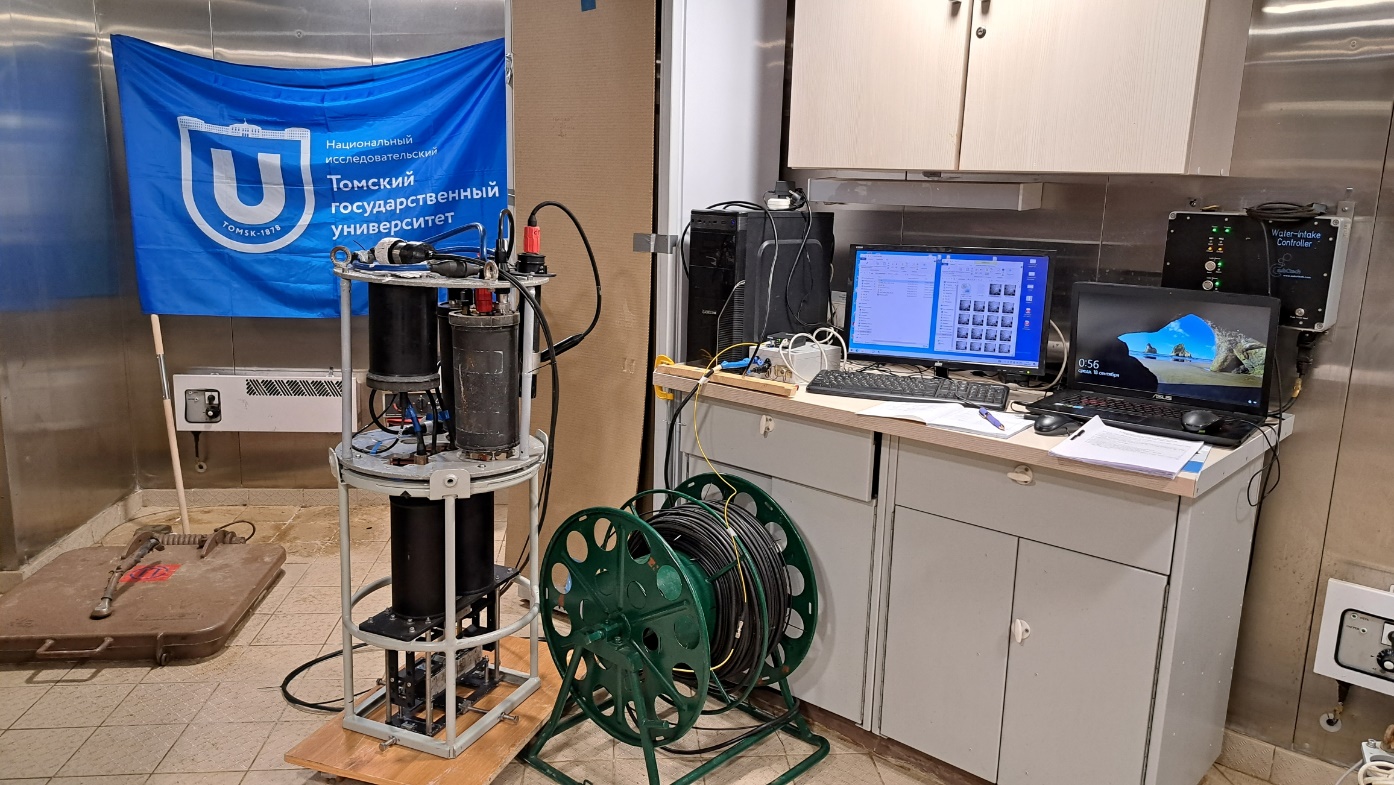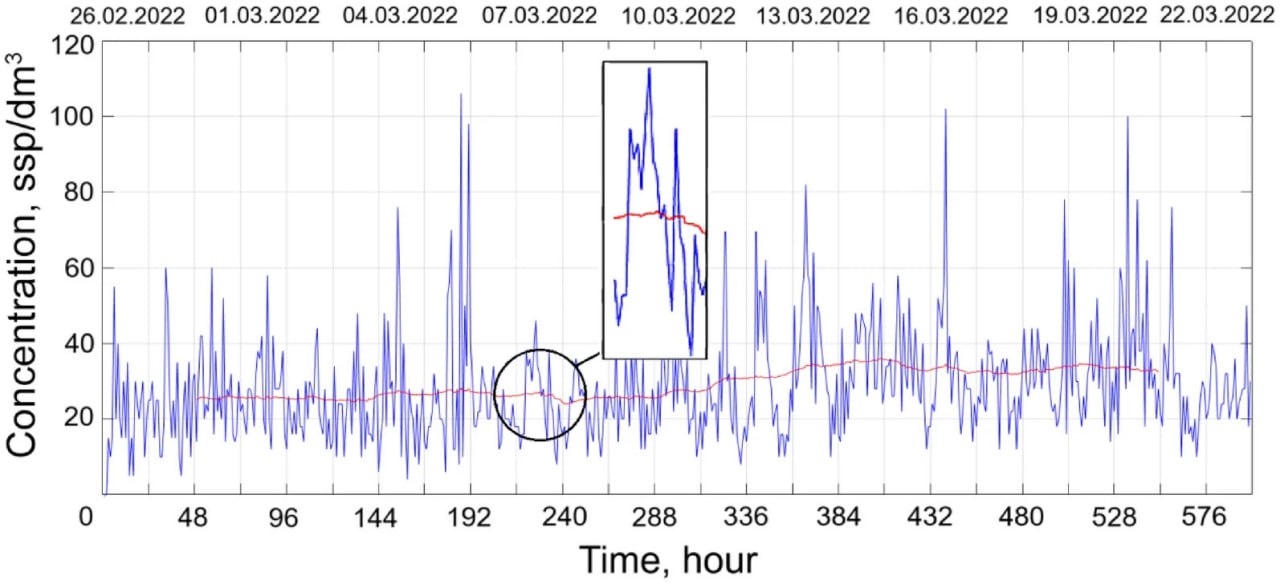Experts in radiophysics of Tomsk State University are developing a new method of plankton monitoring for early detection of environmental problems in water bodies. The method allows for a more accurate interpretation of data obtained by a submersible digital holographic camera. The study is based on a spectral analysis: it is possible to analyze the biorhythms and changes in the behavior of bioindicator (plankton) and identify ecological disturbances at early stages. Scientists have already conducted the first successful tests of this method, and the results were published in the Scientific Reports (Nature, Q1).
Traditional methods of assessing the condition of water bodies are quite often late in detecting problems. The methodology developed by TSU scientists helps identify environmental problems at an early stage. It is based on information on the state of plankton directly in its natural habitat. All measurements are provided by a holographic camera in a water body.
The submersible digital holographic camera for plankton study was developed by the staff of the Laboratory of Radiophysical and Optical Methods of Environmental Research of TSU Faculty of Radiophysics. The head of the laboratory is Victor Dyomin, the first vice-rector of TSU. The camera makes it possible to record holograms of the water medium volume with plankton, reconstruct holographic images of this volume and study the size, shape, and location of plankton particles in space. In this case plankton is not subjected to perturbations and is studied directly in the habitat and in real time, in contrast to traditional methods of net catching and further study under a microscope in the laboratory.
The camera captures holograms, which are then used to determine the size, shape, location and behavioral responses of plankton. Once all the data is obtained, scientists apply the spectral analysis – similar to those used in the spectroscopy of atoms and molecules. This allows analyzing the time series of concentrations of different plankton species, identifying characteristic biorhythms and tracing significant changes.
– This approach to plankton monitoring goes beyond simple counting of individuals. The spectral analysis makes it possible to identify characteristic frequencies and periods – biorhythms associated with the life cycle of plankton. By analyzing the concentration spectra of different plankton species, we obtain “fingerprints” that allow us considering the biodiversity in a water body or marine area. Moreover, we can characterize biodiversity and the presence or absence of certain biorhythms with just a number of consecutive measurements of plankton concentrations, added Victor Dyomin.

Spectral analysis allows constructing several curves that show disturbances or changes in the plankton biocenosis, such as auto-oscillatory processes, abundance and rhythmicity. Plankton in this method acts as a bioindicator, which can be used to determine the presence of pollution and other negative impacts on the ecosystem.
During the study TSU scientists monitor changes in plankton circadian rhythms, phototropic responses and interspecific entropy. Disruption of these parameters is a signal of a problem, and each parameter has its own response time. A disruption in biorhythms may be noticeable in as little as an hour, while a disruption in interspecific entropy indicates a more serious and longer-lasting problem.
– The detected changes in plankton rhythms caused by both internal and external factors (pollution or other impacts) may indicate the ecosystem ill-being. This spectral method of studying plankton behavior as a bioindicator will be particularly useful for monitoring water areas near hazardous facilities such as nuclear power plants, oil platforms and gas pipelines. Our goal is to provide a tool for early diagnostics in order to prevent environmental disasters and take timely measures to protect water bodies, emphasized Victor Dyomin.

The study is conducted within the framework of the strategic project “Global Earth Changes: Climate, Ecology, Quality of Life” supported by the federal program of strategic academic leadership “Priority 2030”. The key area of study is the construction of a model of carbon balance in North Asia, including all ecosystems and zones of northern territories: permafrost, wetlands, watersheds of the great Siberian rivers – Yenisei, Ob, Lena and others, coastal zone, shelf of the Arctic seas of Russia.
